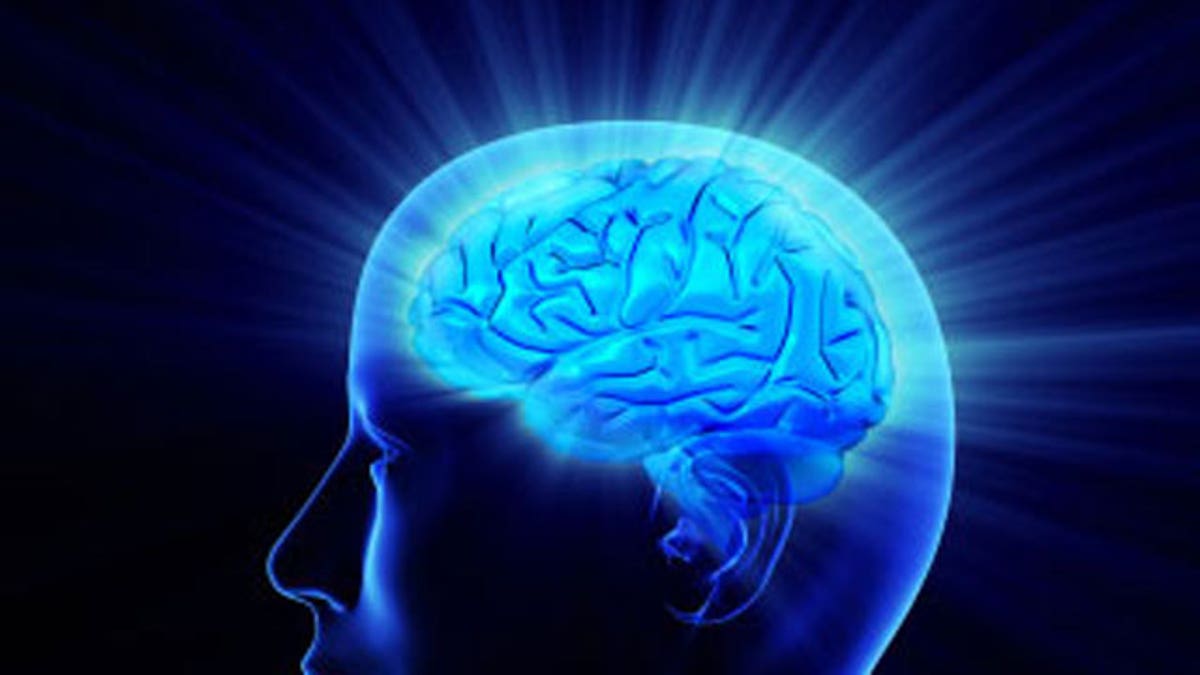
Would you be able to tell if you or someone you know were having a stroke?
People who are able to recognize their stroke symptoms and receive treatment within 90 minutes of their onset may experience a greatly reduced risk for permanent disability, according to a new study from the journal Stroke.
Strokes are the fourth leading cause of death in the United States and the number one cause of disability, according to the American Heart Association. When a person experiences a stroke, time is of the essence. The faster doctors are able to administer clot-busting drugs, the sooner blood flow to the brain can be restored, preventing permanent damage.
In order to assess the best window of time for treatment, researchers from Helsinki University Central Hospital in Finland studied 6,800 stroke patients at 10 stroke centers in Europe over the course of 14 years. They discovered that people suffering from mild to moderate strokes were less likely to experience disabling side effects if they were treated with clot-busting drugs within 90 minutes of first experiencing symptoms.
Dr. Larry B. Goldstein, professor of neurology and director at the Duke Comprehensive Stroke Center in North Carolina, noted that while the window for successful treatment is longer than 90 minutes, early intervention is always better.
“There’s good evidence that treatment can be effective up to 4.5 hours after onset…but just because you have that (long) doesn’t mean you should take that long,” Goldstein, who was not associated with the study, told FoxNews.com. “The current door to treatment goal is one hour. To be able to treat within one hour of showing up.”
But Goldstein said there’s a catch. People often fail to recognize stroke symptoms, leading to life-threatening delays in treatment.
“Patient denial is quite strong; they deny symptoms are happening,” Goldstein said. “Additionally, stroke can affect the way patients may perceive problems. They may not recognize the problem is there because of where the stroke is.”
In order to overcome this barrier to treatment, more education is needed about the risk factors and symptoms associated with strokes, according to Goldstein. One of the most common misconceptions? That strokes only effect old men.
“More women die of stroke than men,” Goldstein said. “It can (also) affect people at any age and we’re currently seeing a bump for unclear reasons of younger middle aged people having strokes.”
Currently, the American Heart Association urges patients to remember the FAST acronym in order to spot stroke symptoms:
Facial drooping.
Arm weakness
Speech difficulty.
Time to call 911
Additionally, Goldstein warns that if people experience other neurological symptoms, such as an abrupt loss of vision, trouble walking, numbness on one side of the body, or a severe, sudden headache, they should immediately call 911 and request to be transported to a certified primary stroke center.
“The bottom line is that the sooner you treat, the more likely there is to be a benefit (for the patient),” Goldstein said.
